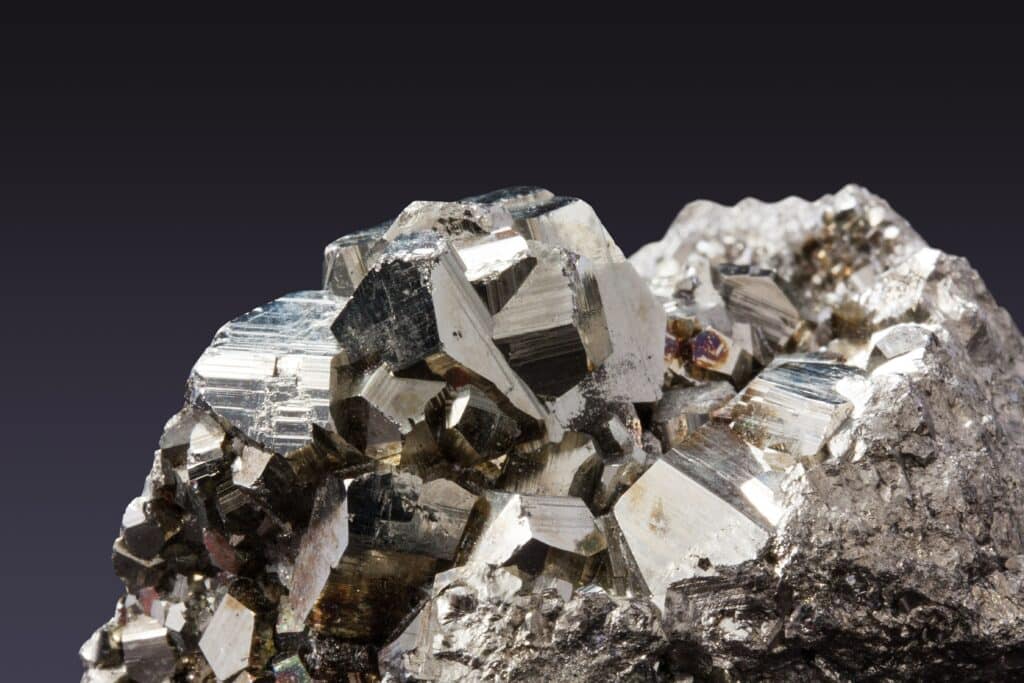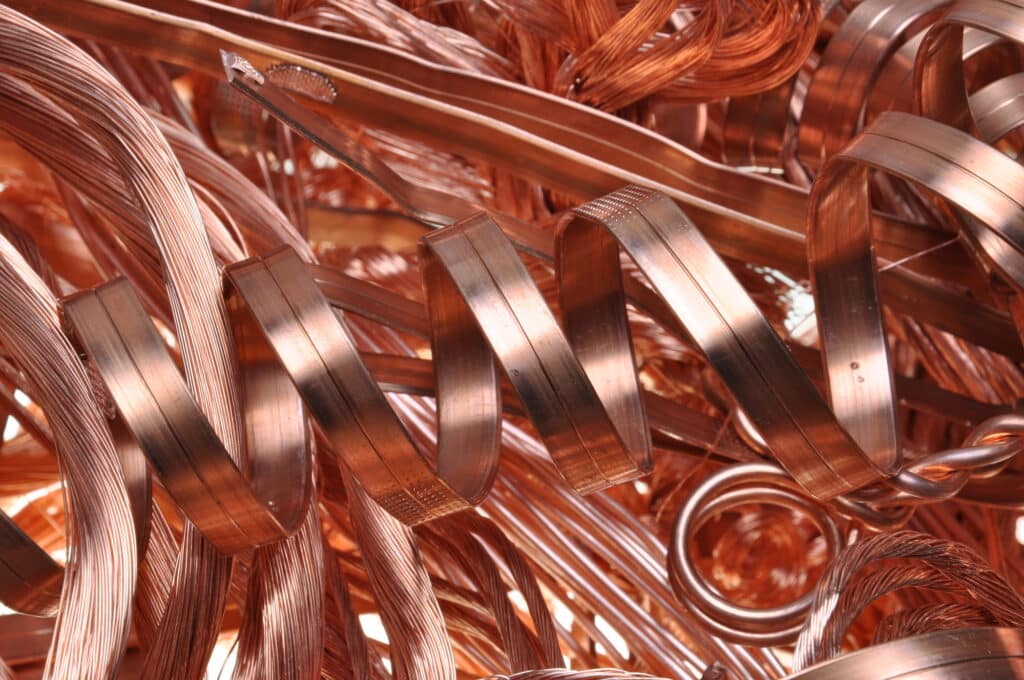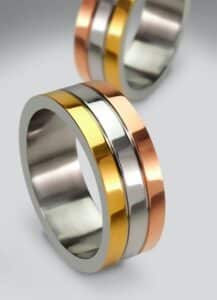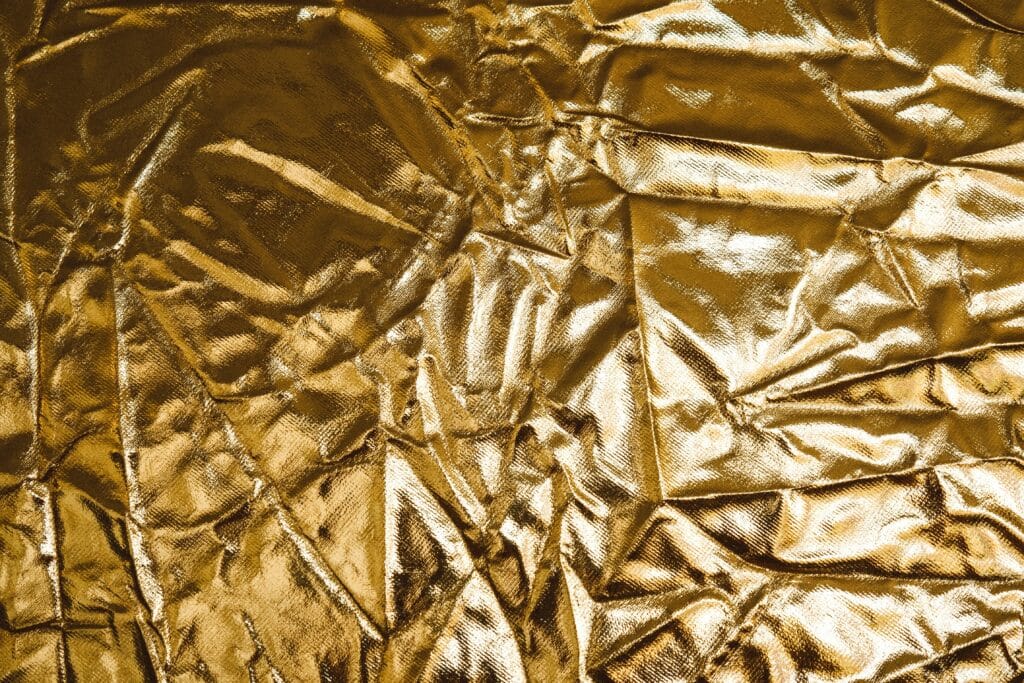
Ferrous metals are defined as those metals containing iron. Non-ferrous metals do not contain iron.
The unique characteristics of iron are its density, its strength when mixed with carbon, its abundance and ease of refining, its strong propensity to corrode and its magnetism. The alloy of iron with other elements in different proportions may decrease or eliminate one or more of these factors.

Hundreds of ferrous alloys are well known. They are defined by the proportions of each element in their composition, as well as the directions on their casting and finishing. Ferrous alloys containing carbon are generally referred to as iron or steel and may contain a number of other elements, from aluminum to vanadium, depending on their specifications. These metals are usually chosen for their mechanical properties. Engineers and designers might be interested in their limits of strength, toughness, ductility, weldability, elasticity, shear, and thermal expansion, which describes how a material will behave under specific stress factors.
These distinctive aspects of iron can be modified in alloys, which mix iron with other elements. Stainless steel is a good example because some stainless steel alloys are both non-magnetic and non-corrosive. A common way to tell if a metal is made of steel is to lay a magnet against it, since the iron in the alloy will make the magnet stick; however, people who have tried sticking magnets to their stainless steel refrigerator know that this is not a foolproof test. Although iron is still present in this ferrous alloy, a high percentage of nickel can sufficiently alter the microstructure of steel to prevent a magnetic reaction. In addition, stainless steel does not corrode like other iron alloys due to the addition of chromium. Chromium protects against rust by using a process called passivation, in which the top molecules of the metal oxidize but remain strongly bound to the metal below, creating an impenetrable structure.

One of the first non-ferrous metals discovered by man was copper, which marked the beginning of the copper age. In addition, in order to make the most of this metal, man had to learn the art of forging and casting. The low melting point and ease of manufacture have made copper the metal of choice for man.
The Bronze Age quickly followed the Copper Age when humans discovered that they could combine copper with tin to produce bronze. Humans have been using non-ferrous metals longer than their ferrous counterparts. In fact, around 5000 BC, humans developed a technique used to make bronze. This technique involved melting and alloying copper with other metals such as tin and arsenic. The start of this fusion and the alloy period ended the Stone Age, marking the beginning of the Bronze Age.

Other non-ferrous metals discovered include gold and silver. These metals have replaced wood and stone as human ornaments. However, since these metals are rare, they are used to make luxury goods.

Today, we use non-ferrous metals to make tools, vehicle engines, pipelines, cutlery, electrical cables, ornaments and more.
Let’s look at these properties: